However, the "hot" growth comes with many challenges in quality, market and development orientation, requiring a comprehensive restructuring of the industry to re-establish a sustainable position for a national fruit.
There is still more than a month until the Dak Lak durian harvest season. Localities are also actively implementing solutions to control the quality of orchards and fresh fruits in order to announce clean growing areas, free of banned substances according to the list set by the importing country.
At the durian gardens of the Thang Tien Agricultural Production and Service Cooperative (Krong Pac district), each durian can be traced back to each tree, each household, and each day of care thanks to the QR code system. This is considered a pioneering step in the transparency of agricultural products - something that the Chinese, Japanese, and European markets increasingly require.
Mr. Le Tan Dung, Director of Thang Tien Agricultural Production and Service Cooperative, said: "We have implemented a production linkage model with member households, applying cultivation techniques according to VietGAP and GlobalGAP standards. Each durian tree is assigned a separate QR code. Consumers or import partners only need to scan the code to know the entire fruit care process. Currently, the unit has been granted 5 growing area codes, with a total area of 110 hectares and an output of over 1,600 tons."
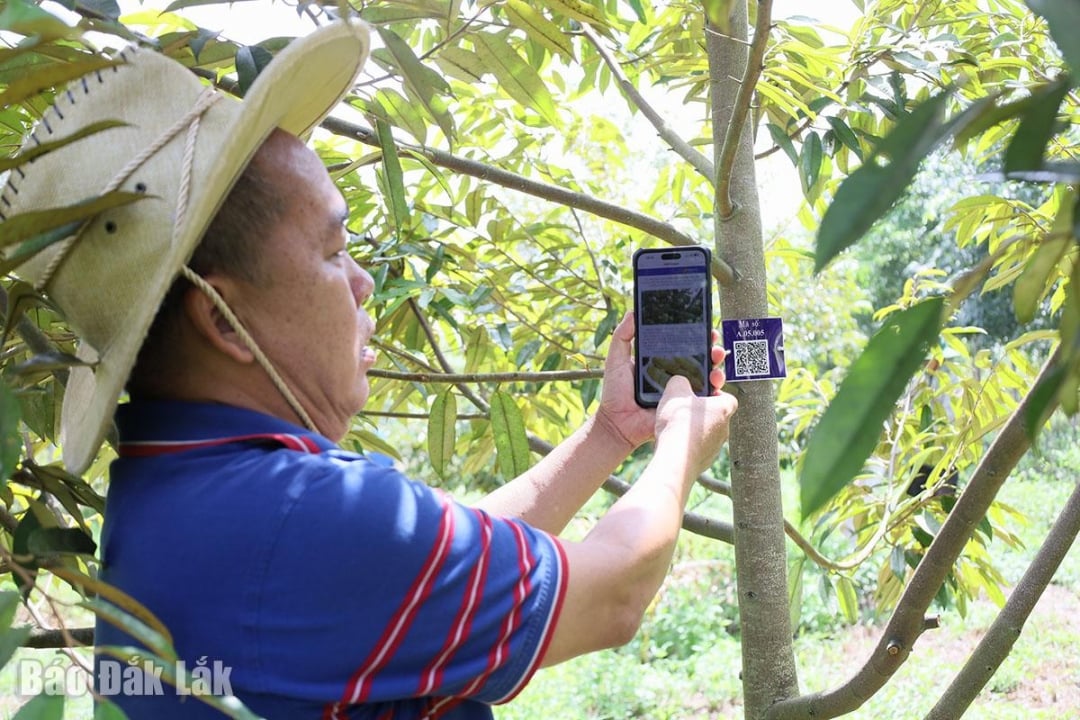 |
| Hoang My Tay Nguyen CNC Agriculture Joint Stock Company applies technology to help trace the origin, locate and personalize each durian tree. |
According to the Department of Agriculture and Environment, the total durian area of Dak Lak is currently 38,800 hectares, mainly concentrated in key districts such as Krong Pac, Krong Nang, Krong Buk, Cu M'gar, Ea H'leo, Buon Ma Thuot City... Of which, the area for product harvest in 2025 is about 22,600 hectares; the expected output is estimated at about 380,000 - 400,000 tons. Up to now, Dak Lak province has 266 growing area codes, with a total area of nearly 7,400 hectares, accounting for nearly 33% of the durian area for product harvest. Currently, the owners of growing area codes are attaching QR codes to each durian tree to ensure that the product is clear, transparent and easy to protect in the event of a trade dispute.
According to Mr. Nguyen Van Ha, Deputy Director of the Department of Agriculture and Environment, tracing the origin of each crop is a mandatory requirement if we want to maintain the export market for a long time. “We cannot let the growing area code become a formality. Tracing must be linked to real data, real products, real growers. This is not only a technical requirement but also an ethical and legal barrier for the entire industry,” Mr. Ha affirmed.
The immediate task is to review the entire durian production and export system, thereby establishing new standards towards sustainable development. In particular, it is necessary to build a long-term strategy for the industry, focusing on developing new consumer markets, investing in deep processing and gradually turning Vietnamese durian into a national brand." Minister of Agriculture and Environment Do Duc Duy |
The Dak Lak Durian Association has also quickly launched the campaign “Say no to banned substances in the production, processing and preservation of durian”. According to Mr. Le Anh Trung, Vice President of the Dak Lak Durian Association, the complete elimination of banned substances is an urgent requirement to maintain market reputation, protect farmers and pave the way for a transparent supply chain.
The Association has proposed implementing a random inspection model, taking regular samples right at the garden and packaging facility. At the same time, closely coordinating with the Department of Agriculture and Environment to organize training for farmers and cooperatives on how to use fertilizers and pesticides according to technical standards. "Each farmer is a link. Each growing area is a brand. We cannot let a few individuals misuse it, affecting the entire industry," Mr. Trung emphasized.
Along with the solution of quality control from the growing area to fresh fruit, Dak Lak is also promoting the solution of applying processing technology in the durian industry value chain. Currently, some durian processed products of Dak Lak are available on the market such as: freeze-drying, durian ice cream, durian ice cream mixed with dried cashew nuts... This is a process of repositioning the value chain with technology and creativity.
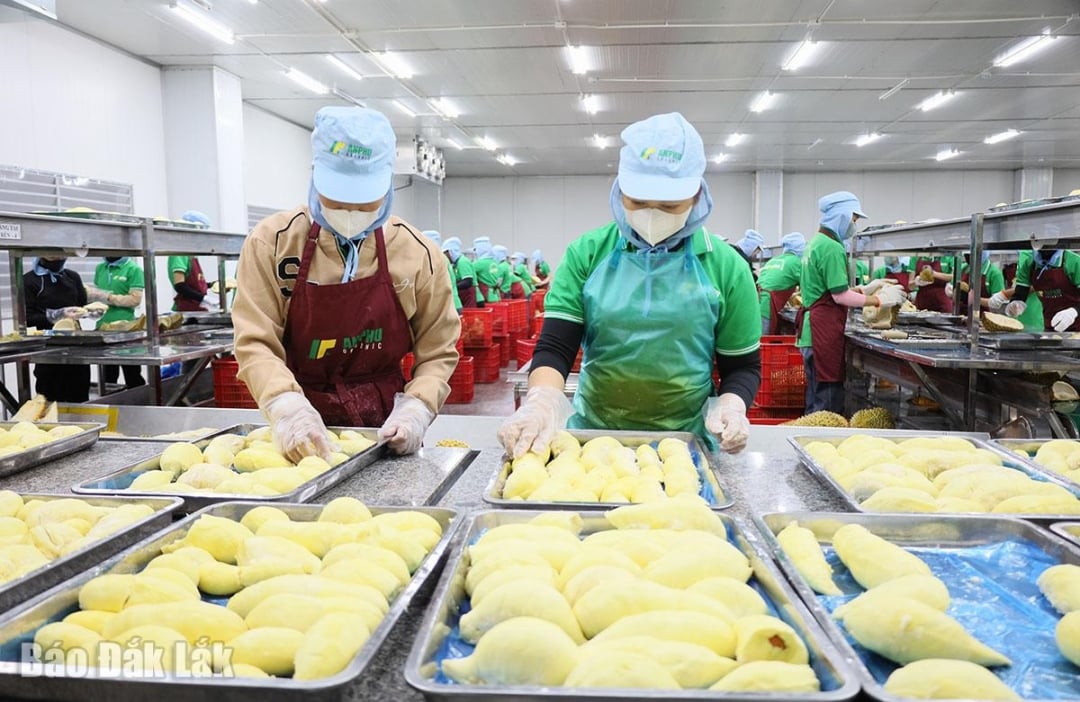 |
| Freeze-dried durian processing line of An Phu Organic Agriculture Joint Stock Company. |
Ms. Nguyen Thi Thanh Thuc, Chairwoman of the Board of Directors and General Director of AutoAgri Software Technology Joint Stock Company (Hanoi), said that processing technology helps reduce 50% of risks for fresh fruit. Freeze-dried durian products are currently considered to have the highest profit margin thanks to retaining the natural flavor and sweetness, and being easy to preserve and transport. However, to promote processing, the prerequisite is that the input products must meet standards. "It is impossible to make high-end products from poor quality raw materials. If we cannot control the cultivation stage, all technology is just a temporary decoration," Ms. Thanh Thuc noted.
According to Mr. Nguyen Manh Hung, founder of Nafoods Group Joint Stock Company (Nghe An province), the durian growing area does not need to be expanded, what is necessary is to meet the technical criteria of import markets. Next is to increase the value of durian with products: frozen durian, durian processed into ice cream, food... If the processing stage is done well instead of just relying on exporting fresh fruit, the target of Vietnam's durian export turnover reaching more than 3.5 billion USD is completely achievable in 2025.
In the context of the increasingly demanding world market, the shift from the mindset of "selling fruit" to "selling products" is being strongly approached by many cooperatives and enterprises in Dak Lak. Some units have built their own brands, have QR codes to trace the origin of each batch of goods, and apply HACCP and ISO standards to production. According to Mr. Nguyen Van Ha, deep processing is the "lever" for Dak Lak to reduce its dependence on fresh fruit, especially when the harvest season is concentrated and output exceeds the threshold. "We are calling on investors to participate in building drying factories, irradiation centers and on-site freezing lines. Processing is a form of insurance for growers against market fluctuations," Mr. Ha emphasized.
Source: https://baodaklak.vn/tin-noi-bat/202506/gap-rut-tai-thiet-nganh-hang-sau-rieng-38c17c3/


![[Photo] Prime Minister Pham Minh Chinh attends a conference to review one year of deploying forces to participate in protecting security and order at the grassroots level.](https://vphoto.vietnam.vn/thumb/1200x675/vietnam/resource/IMAGE/2025/11/12/1762957553775_dsc-2379-jpg.webp)



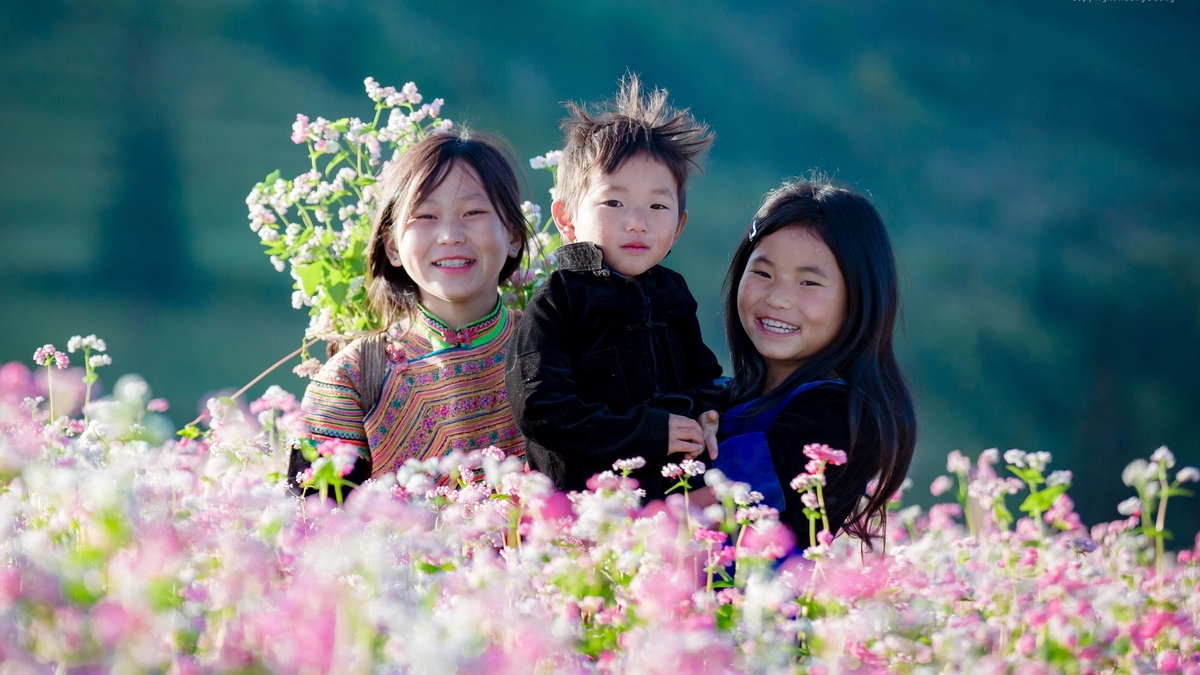
![[Photo] Highways passing through Dong Nai](https://vphoto.vietnam.vn/thumb/1200x675/vietnam/resource/IMAGE/2025/11/12/1762940149627_ndo_br_1-resize-5756-jpg.webp)
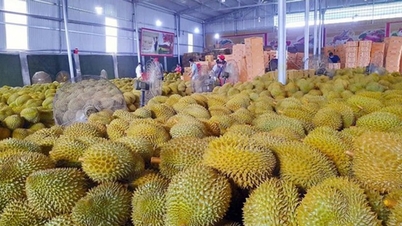

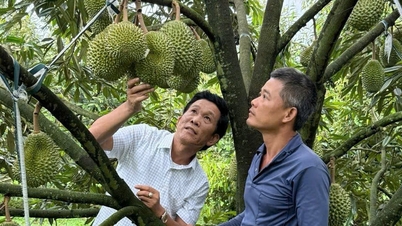

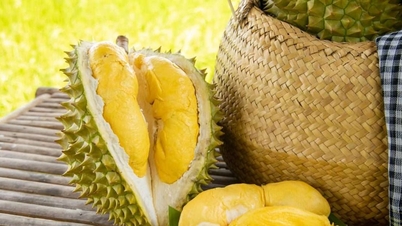
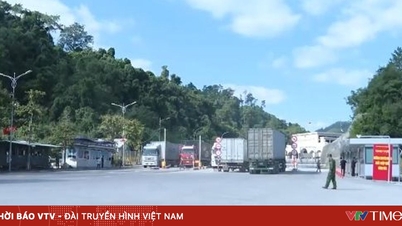


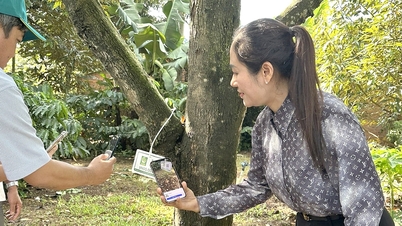

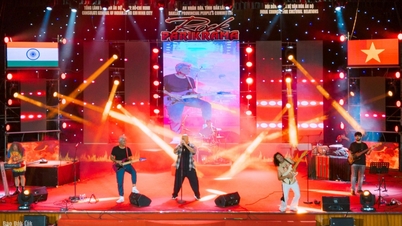



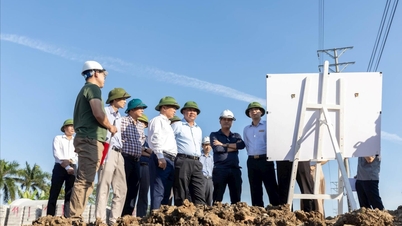


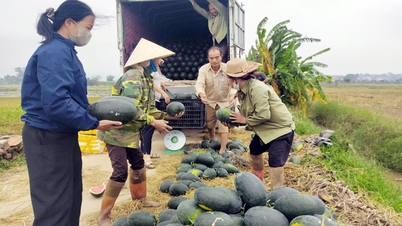




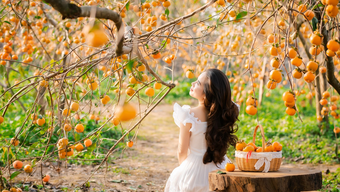


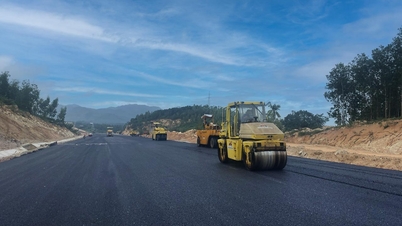
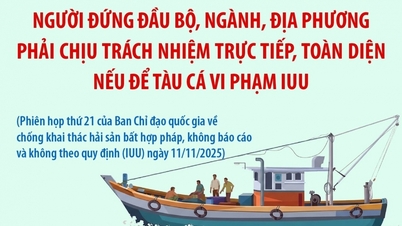
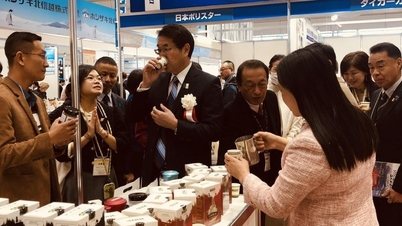
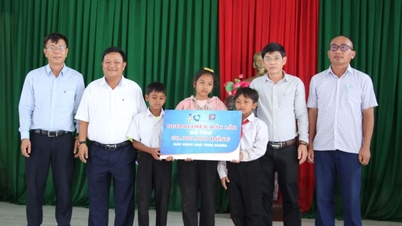
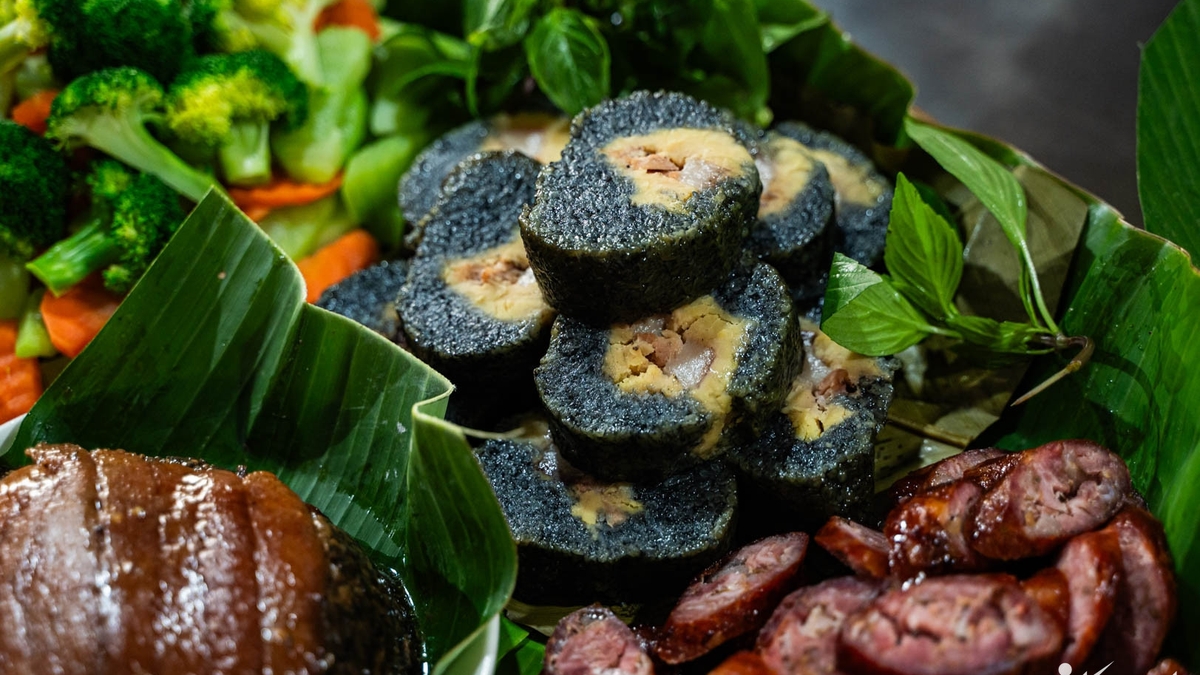











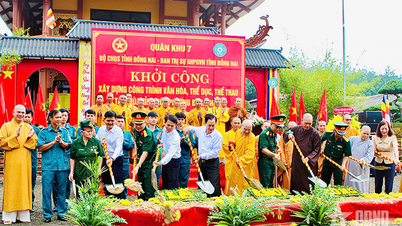



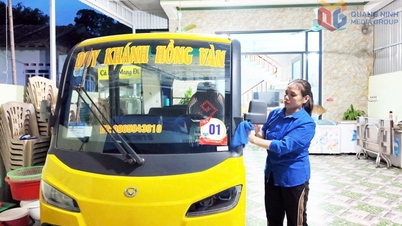


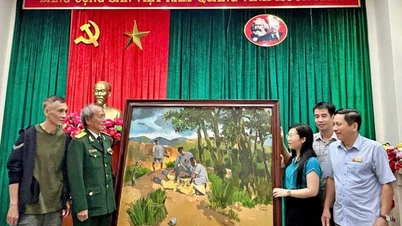
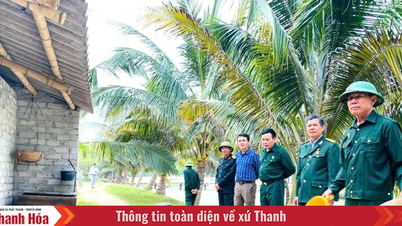


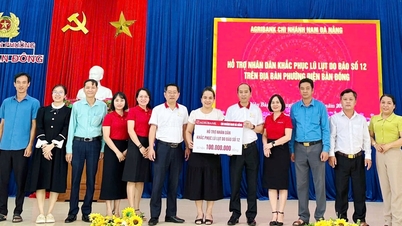

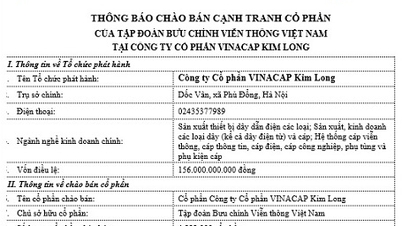


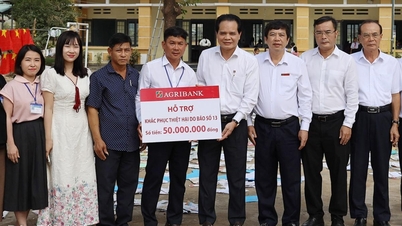









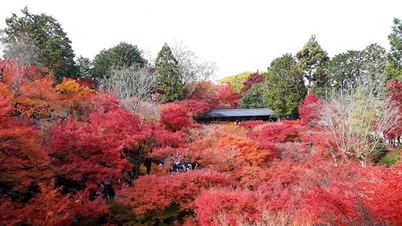









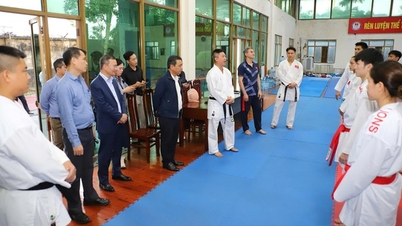

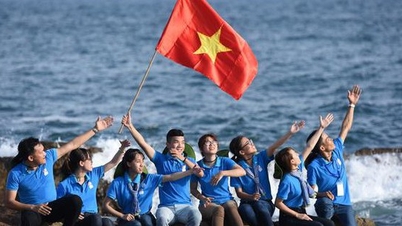











![Dong Nai OCOP transition: [Article 3] Linking tourism with OCOP product consumption](https://vphoto.vietnam.vn/thumb/402x226/vietnam/resource/IMAGE/2025/11/10/1762739199309_1324-2740-7_n-162543_981.jpeg)



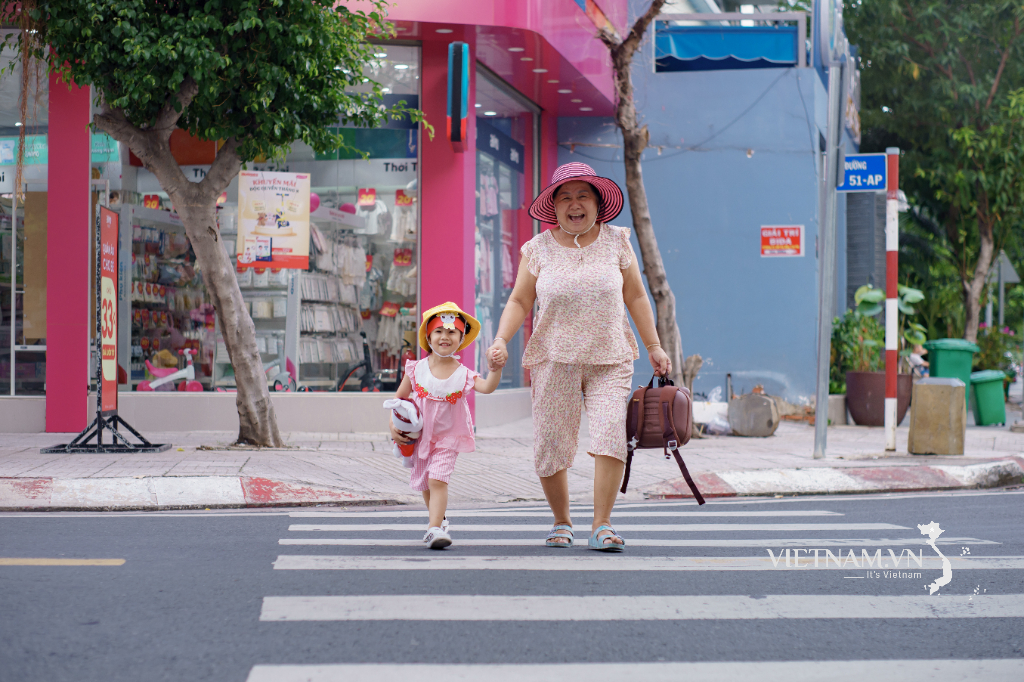



Comment (0)